Too much already?
By Paul Heaney
06-10-2017
Good news! It’s now easier than ever to make a factual production. The tech, equipment and infrastructure that’s necessary to put a show together is cheap and simple to use, meaning you can make a quality show for next to nothing, relatively speaking.
It doesn’t mean the cheaper shows are shown up by their bigger-budgeted neighbours on a platform or TV schedule; far from it – the audience is discerning but fair. But it does mean there is a flood of shows being made and they are making it hard to get to the good stuff for all of us.
In fact, we believe a lot of buyers are suffering from content fatigue. Ask your average buyer how many meeting requests they get at one of the major markets and they’ll tell you it’s 20 times what it was five or 10 years ago. Everybody’s hitting on them – producers selling their own content, the super-distributors that have sprung from the recent epidemic of M&As, the micro-distributors with their niche offering and every other hard-working hopeful trying to make a living from a global media industry.
This has led to a culture of rejection from some jaded buyers, who have had enough of being pitched huge volumes of low-quality content from distributors that are desperate to sell anything to anyone for any price. Can you blame either party?
Just because it’s cheap doesn’t mean the buyers will go for it. The opposite can apply just as much. Remember, the audience is sophisticated. Eyeballs are respected like never before, the need for quality over channel-fodder has never been keener and even so-called ‘daytime’ content has to have something about it – not just “same meat, different gravy.” (Thanks to Foxtel’s Jim Buchan for that erudite phrase.)
Look at the crime genre, for example. Arguably there’s now just too much of a certain type of crime show being made. Oversupply means businesses will feel the pinch unless they respect audiences and the buyer’s need to be canny. If the strategy is just ‘jobbing out’ a conveyor belt as a key to success, think again. It isn’t.
We’re navigating unchartered territory at the moment. Linear broadcasters have all the strategy in the world but diminishing budgets and the SVoD players have apparently big war chests but a developing, evolving plans. As difficult as this is in the short term, we believe it represents a long-term opportunity. To realise it, however, will take time, effort and a return to old-school notions of nurturing and protecting the creative process, rather than plundering it for short-term gain.
As the structure of the multiplatform ecosystem becomes clearer and more settled, so plans for collaboration are starting to emerge. Essentially, everybody in the broadcast ecosystem needs quality content in order to survive: cable and satellite players such as Nat Geo need it to attract premium audiences, SVoD platforms need it to keep building loyalty and linear broadcasters need it to maintain ratings and strong brands. Amazon recently called for “proper” copros, by which it meant ‘proper’ funding contributions to the cost of producing ‘proper’ content. And this is where we believe the expertise of distributors can come in.
Many distributors – and certainly the most successful among us – now act as mini-commissioners. They bridge the gap between supply and demand, bringing producers that excel in creating, say, fact ent or specialist factual together with the broadcasters that want them. They help mother ideas, advise, nurture, mentor, co-create and put together coalitions of the like-minded, and help raise funding by mixing and matching the requirements of territories, broadcasters and platforms.
There are downsides to this model, of course, not least that it’s time consuming and the revenues to be made from the back-end territories are limited to what you have retained in an effort to get the show financed. But in addition to offering a supplementary revenue stream, it’s interesting, rewarding and reputation-building and helps build solid, trust-based relationships up and down the content-creation chain.
TCB Media Rights is celebrating five years of trading at this month’s Mipcom. From the perspective of another year as being one of the fastest-growing distributors in the UK, we see a clear and growing need for this sort of hybrid model. As in ‘’What do you want?’ ‘OK, let’s go and create it.’
That’s why we’re expanding our pre-Mipcom speed-dating TCB Development Day to go over two days and to include broadcasters from five major TV regions: France, Germany, Australia, the Nordics and the UK. We’ll sit down with 15 to 20 UK indies to talk about what they want to buy, what they want to make and how they can help each other achieve their goals.
Our reward will be a smug glow, in a nice way, and the knowledge that we’re doing our bit to help reduce the bad-content mountain. We may also have to buy the channels dinner. You know what buyers are like.













.jpg)




























